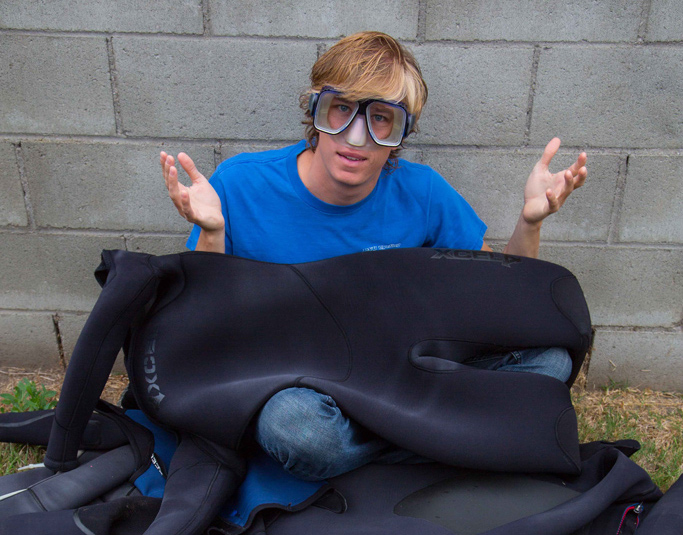Did You Know: How A Wetsuit Works?
Oct 22
The wetsuit. Most of us use them, whether it’s year round, in summer when the water warms up or on vacation because at the end of a long dive even warm water feels chilly. There are full suits, shorties, the farmer john and farmer janes, vests and beavertails to name a few. But how do they keep us warm?
The basic principle is that a thin layer of water around the skin is quickly brought to body temperature and kept insulated from the cold water by trapped nitrogen gas inside bubbles in the neoprene. Water wicks away heat much faster than air (the reason you get cold even in warmer water), so adding this layer greatly reduces the rate at which heat leaves the water layer around your body – the result being that your body loses less heat and you stay warm.
Minimizing water movement in and out of the wetsuit (via the neck, wrists, ankles, zippers and seams) is also critical to keeping a diver warm. The goal is to find a snug-fitting, well-made suit that keeps the layer of heated water right where you want it – close to your skin.
Closed-cell neoprene was first used in wetsuits in the early to mid ‘50s and has continued to become more efficient ever since. Wetsuits can be lined or unlined on the inside (the latter is popular for freediving), incorporate titanium or merino wool and many other cool features.
So next time you’re about to enter the water think of all those tiny nitrogen bubbles in the neoprene helping to keep you warm!
by Brent Durand






Related Articles
Popular Articles